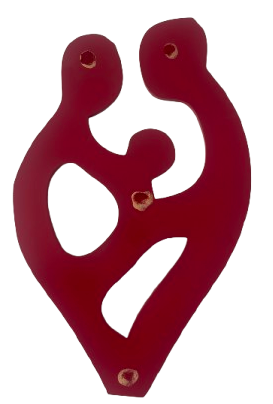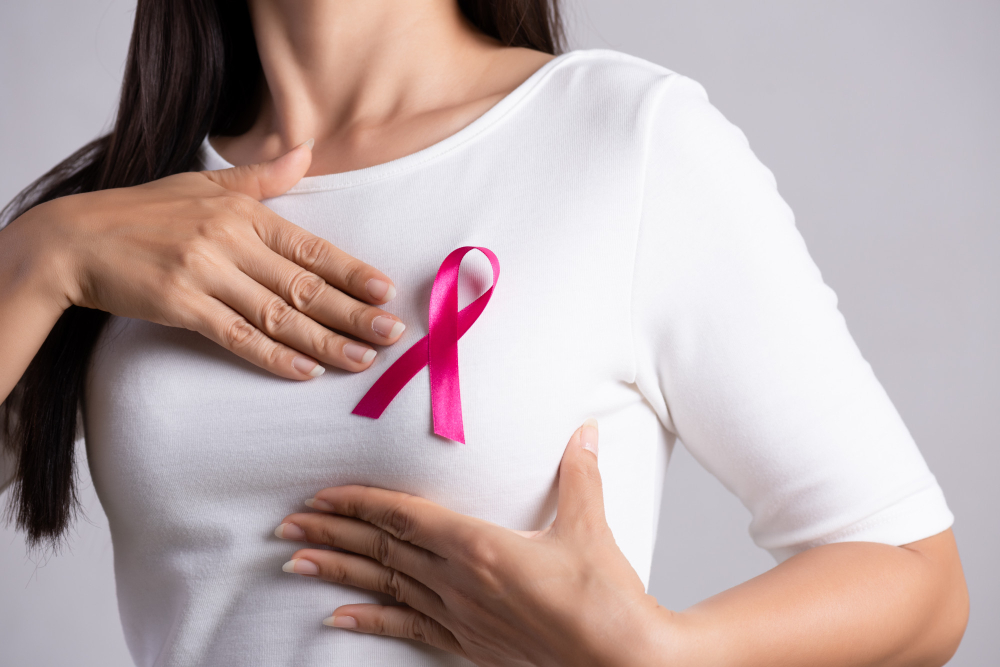Introduction
Breast cancer is a disease where cells in the breast grow out of control. It is one of the most common cancers among women worldwide. However, men can also get breast cancer, though it is rare. Early detection and treatment can save lives. Because of this, knowing the signs and risk factors is very important. According to the World Health Organization (WHO), breast cancer affects millions each year. Learning about breast cancer helps you make informed health choices.
Symptoms
Recognizing the early signs of breast cancer can lead to faster treatment. Not all symptoms mean cancer, but you should not ignore them. For example, some signs may be harmless, but it is best to check with a doctor. Common symptoms include:
If you notice any of these signs, you should see a doctor soon. Early action can make a big difference.
Causes and Risk Factors
Doctors do not know the exact cause of breast cancer. However, certain risk factors can increase your chances. Some risk factors you can change, while others you cannot. For instance, age and family history play a role. Here are some common risk factors:
Even if you have risk factors, it does not mean you will get breast cancer. But knowing them helps you take steps to lower your risk.
Diagnosis
Early diagnosis of breast cancer improves the chances of successful treatment. Doctors use several methods to find breast cancer. For example, breast cancer screening helps find cancer before symptoms appear. Common diagnostic methods include:
If a test finds something unusual, your doctor may order more tests. Early detection is key, so regular screening is important, especially for those at higher risk.
Treatment Options
There are several breast cancer treatment options. The best treatment depends on the type and stage of cancer. Your doctor will discuss the best plan for you. Common treatments include:
Sometimes, doctors use more than one treatment. Side effects can happen, but your care team will help you manage them. New treatments are always being studied to improve outcomes.
Prevention Tips
While you cannot prevent all cases of breast cancer, you can lower your risk. Making healthy choices can help. For example, you can:
Some women with a strong family history may need extra steps, such as genetic counseling. Early screening can also help catch cancer sooner.
Lifestyle Guidance
Living a healthy lifestyle supports your overall well-being. Even after a breast cancer diagnosis, healthy habits can help you feel better. Here are some tips:
Remember, small changes can make a big difference in your recovery and quality of life.
When to See a Doctor
If you notice any changes in your breasts, do not wait. For instance, a new lump or skin change should be checked right away. You should also talk to your doctor about breast cancer screening, especially if you have risk factors. Early action can save lives. Regular check-ups and open communication with your healthcare provider are key.
For personalized advice on breast cancer, consult a healthcare specialist. Early detection and expert care give you the best chance for a healthy future.

